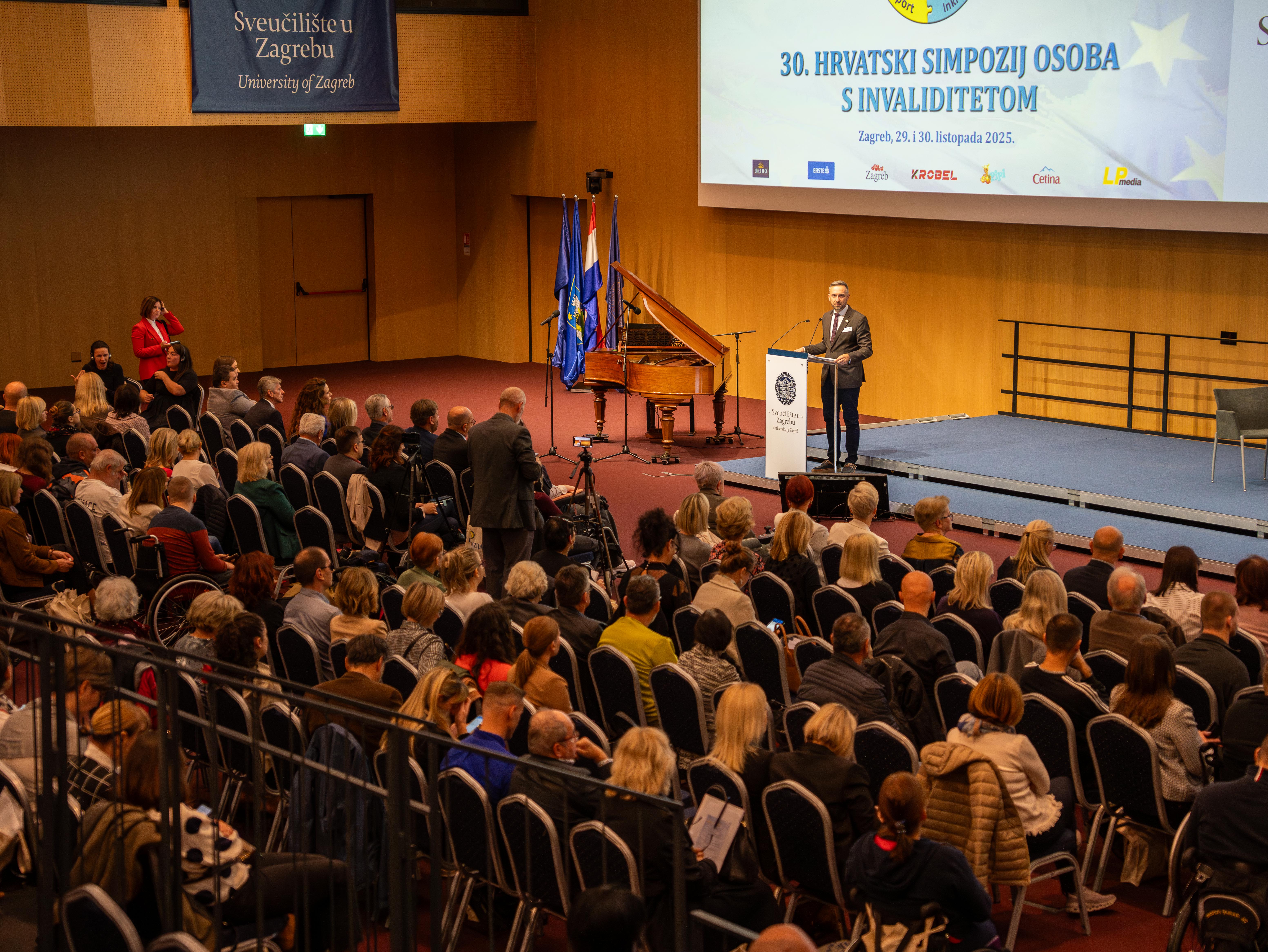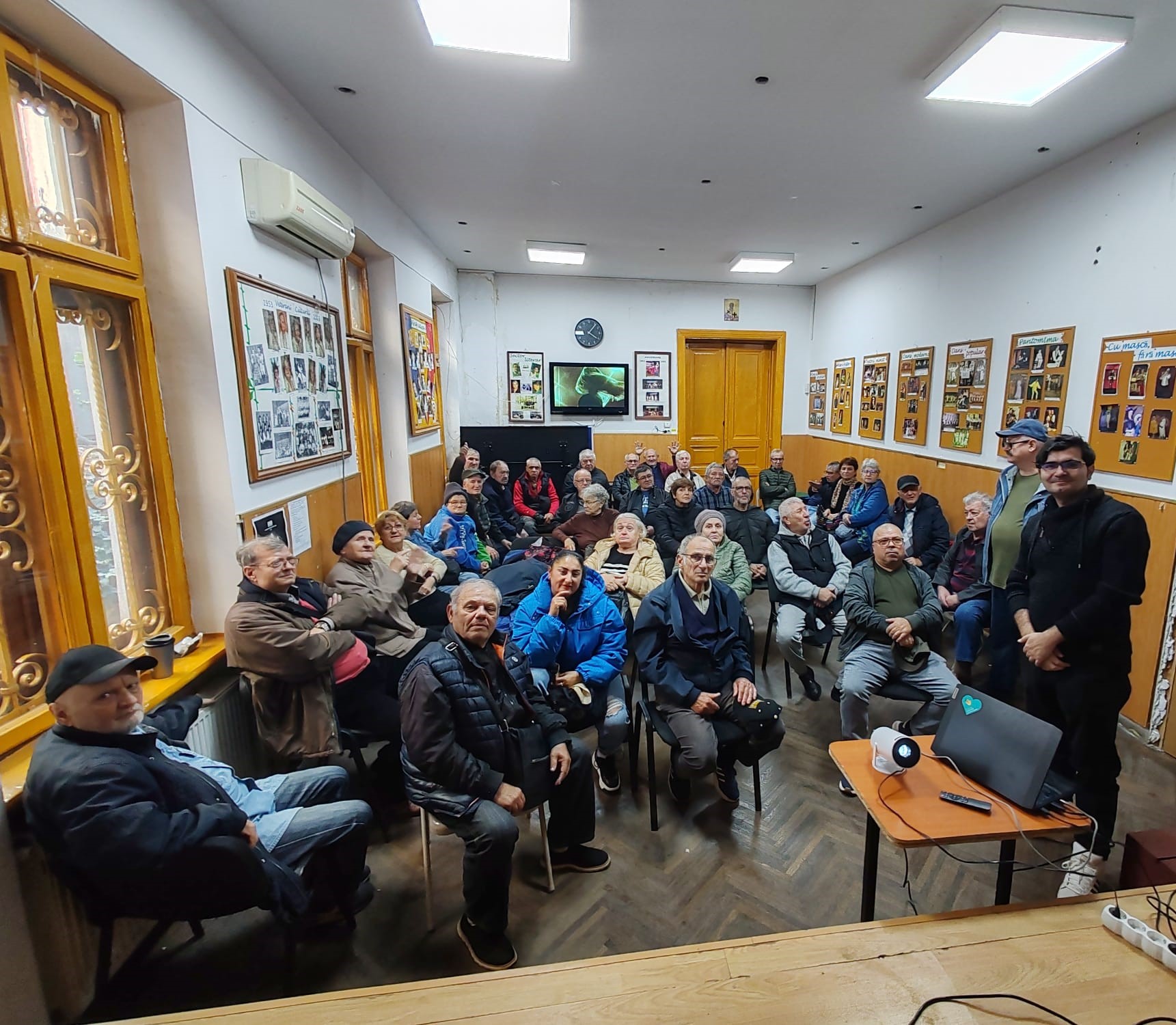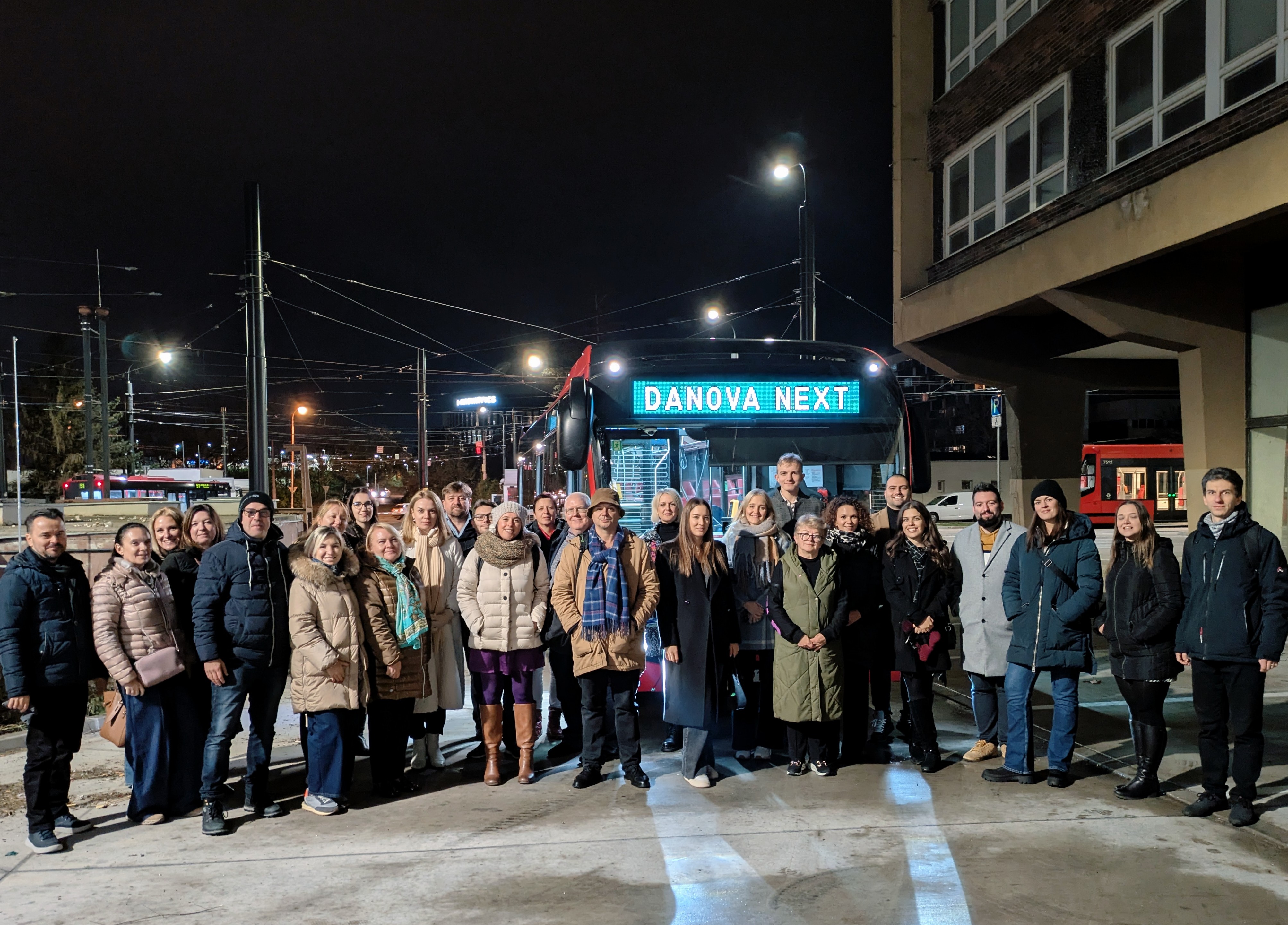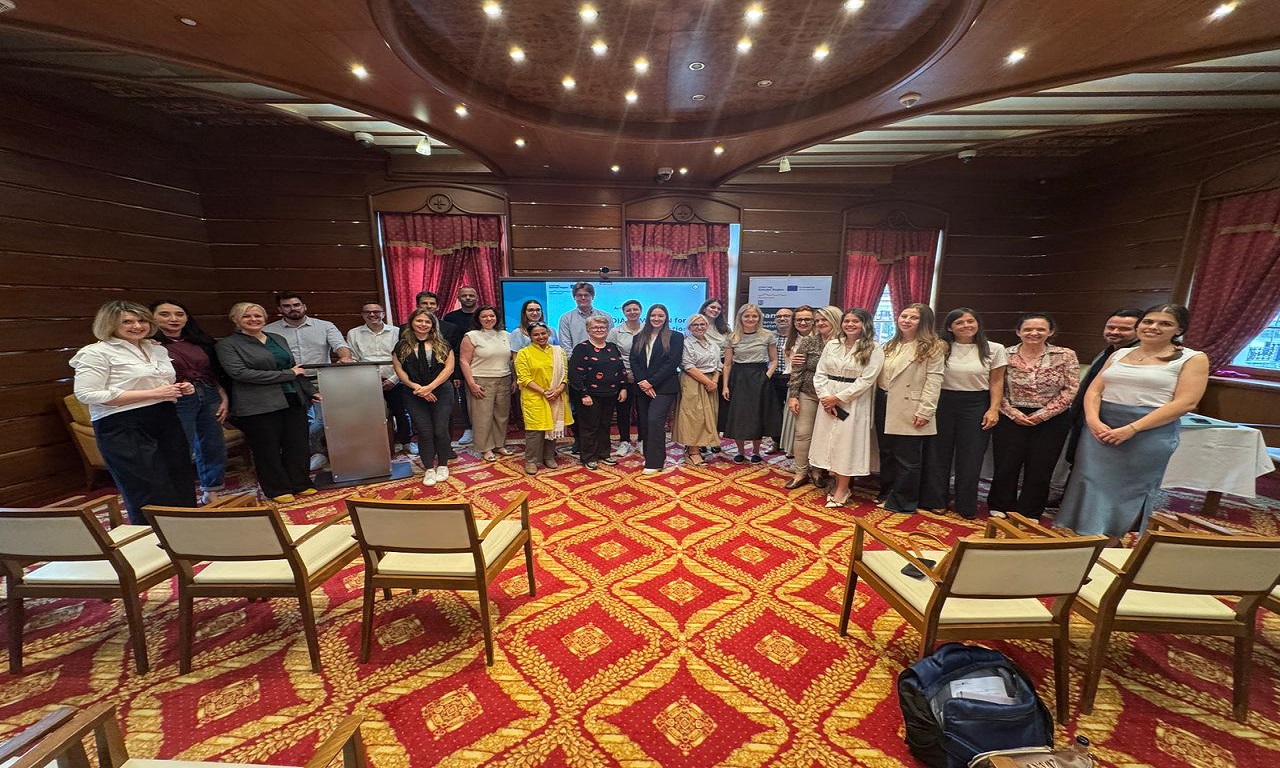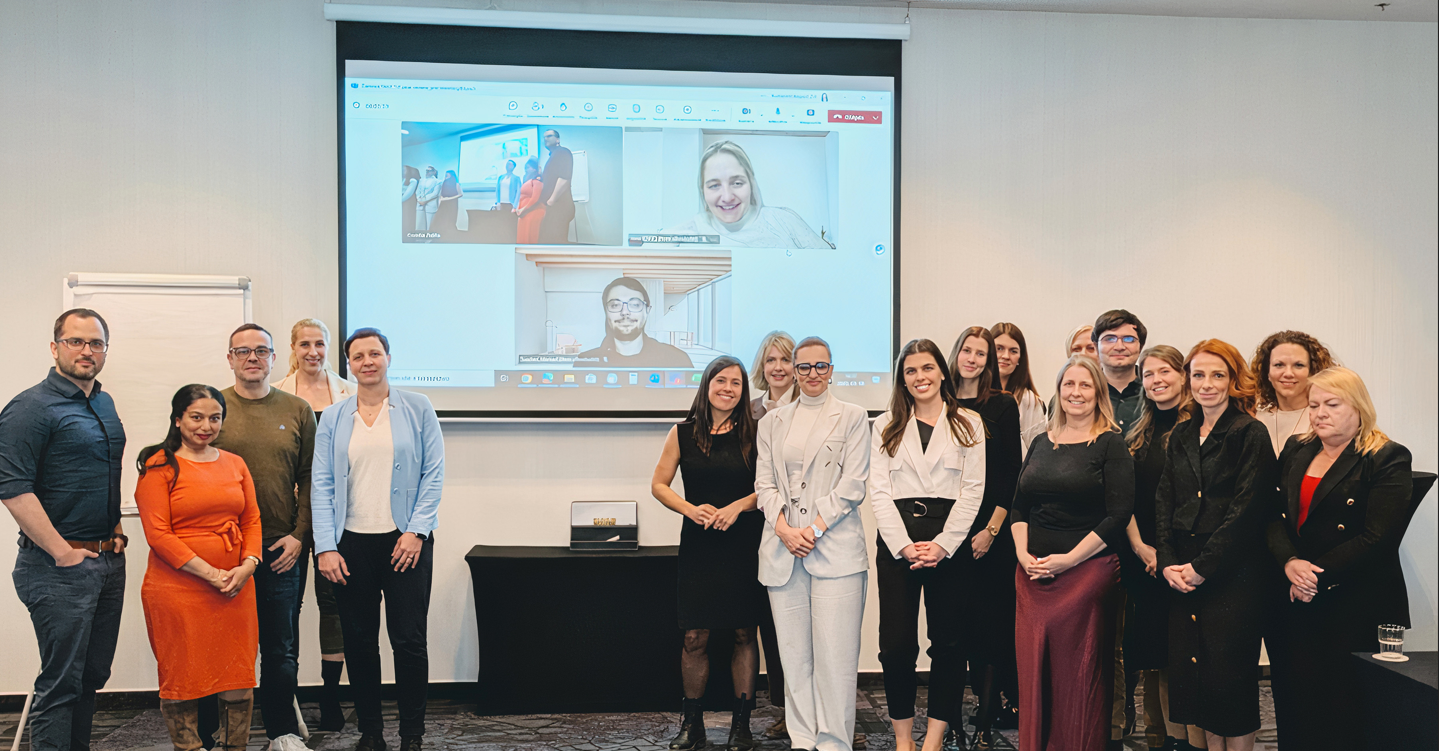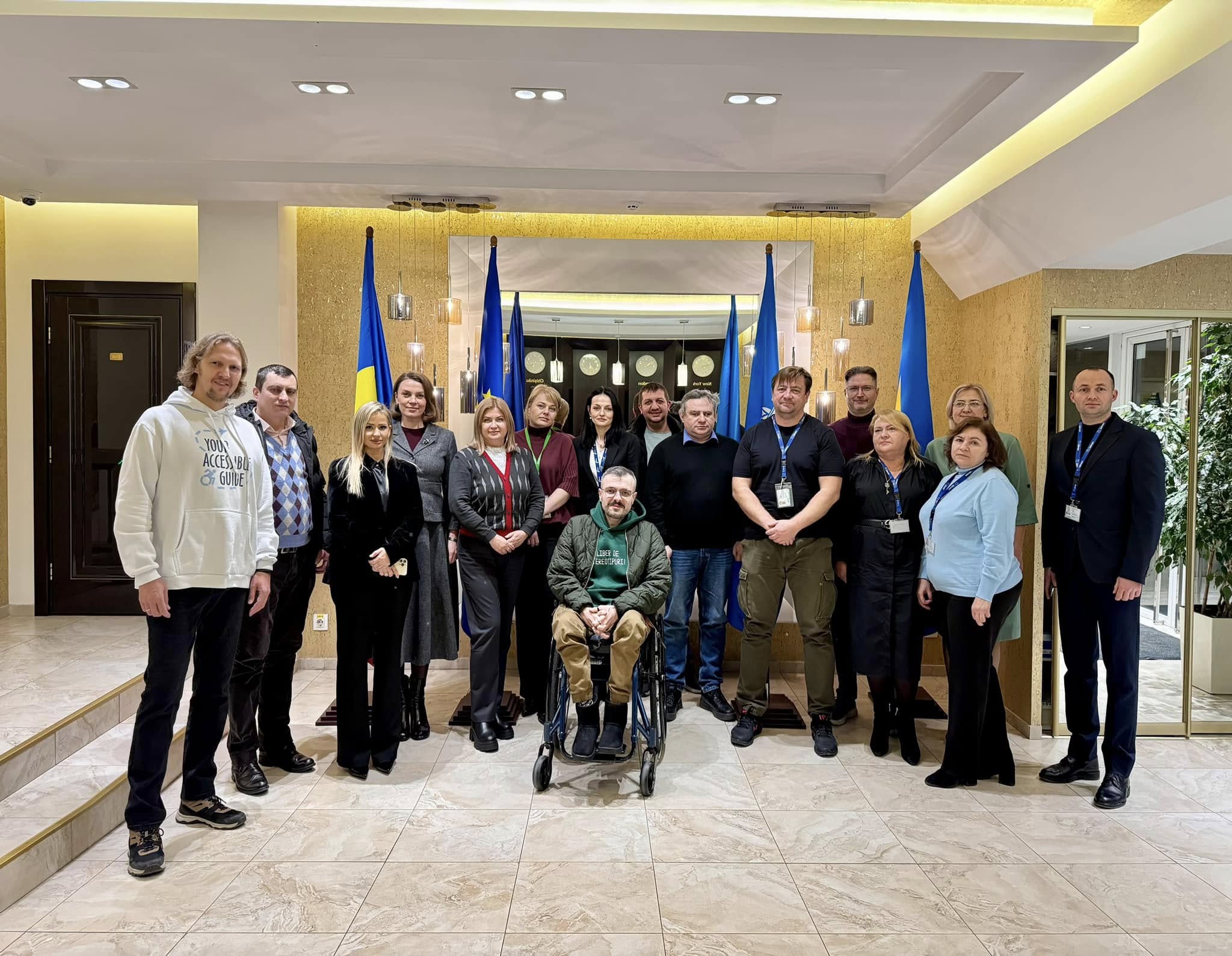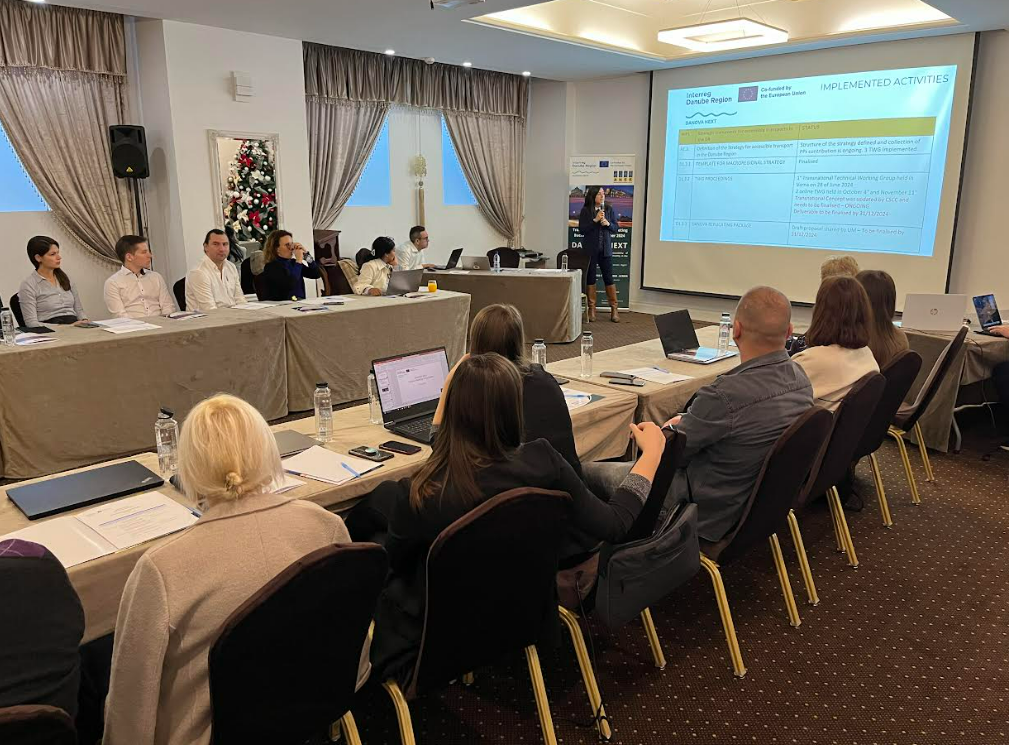
Workshop on Accessible Documents
The Accessibility Act has been in force since January 1, 2025. Not only relevant for all industries such as companies, public authorities, online shops and platforms – anyone who offers their content online, is affected. For existing and legacy websites and apps, legacy websites must also be accessible by June 28, 2025.
To ensure that the document structure within the DANOVA NEXT project can also guarantee digital accessibility, the BSVÖ offered a webinar on accessible documents for all partners of the DANOVA NEXT project in February 2025. Experts offered a deeper insight into the world of digital accessibility, which was received with great interest from experienced partners.
By way of introduction, examples were used to show how structured text information is easy for sighted people to read, but not for blind people using screen readers. From this, it was concluded that different approaches can be used to achieve the same goals. Therefore, the readability of a text or the activation by a button or hyperlink should be done by means of a universal design.
The importance of digital accessibility was highlighted by a brief explanation of the Web Content Accessibility Guidelines (WCAG) 2.2, which means that content must be
Perceivable by all users
Operable in different ways
Comprehensible (including error messages)
Technically robust to be used with different devices such as PCs and smartphones, including screen reading software
When programming apps or electronic documents, the hidden codes are crucial so that, for example, a screen reader can read the information. The key to accessibility is to provide and design information in such a way that it can be perceived with more than one sense.
The webinar moved on to a demonstration of how to produce digital accessibility. It was demonstrated how to convert an accessible Word document into an accessible PDF document and finally, how to carry out an accessibility check. Settings, such as visual design (layout, contrasts and graphic elements), language, structure and functional images were explained in detail and practices to be avoided, outlined. Finally, the demonstration of the Colour Contrast Analyser (CCA) showed how to set and test an accessible color scheme.
This effort will certainly have a positive impact on the further course of the DANOVA NEXT project and establish barrier-free handling at all levels in the future.

News & Events
Read the most recent updates and explore the upcoming events.

